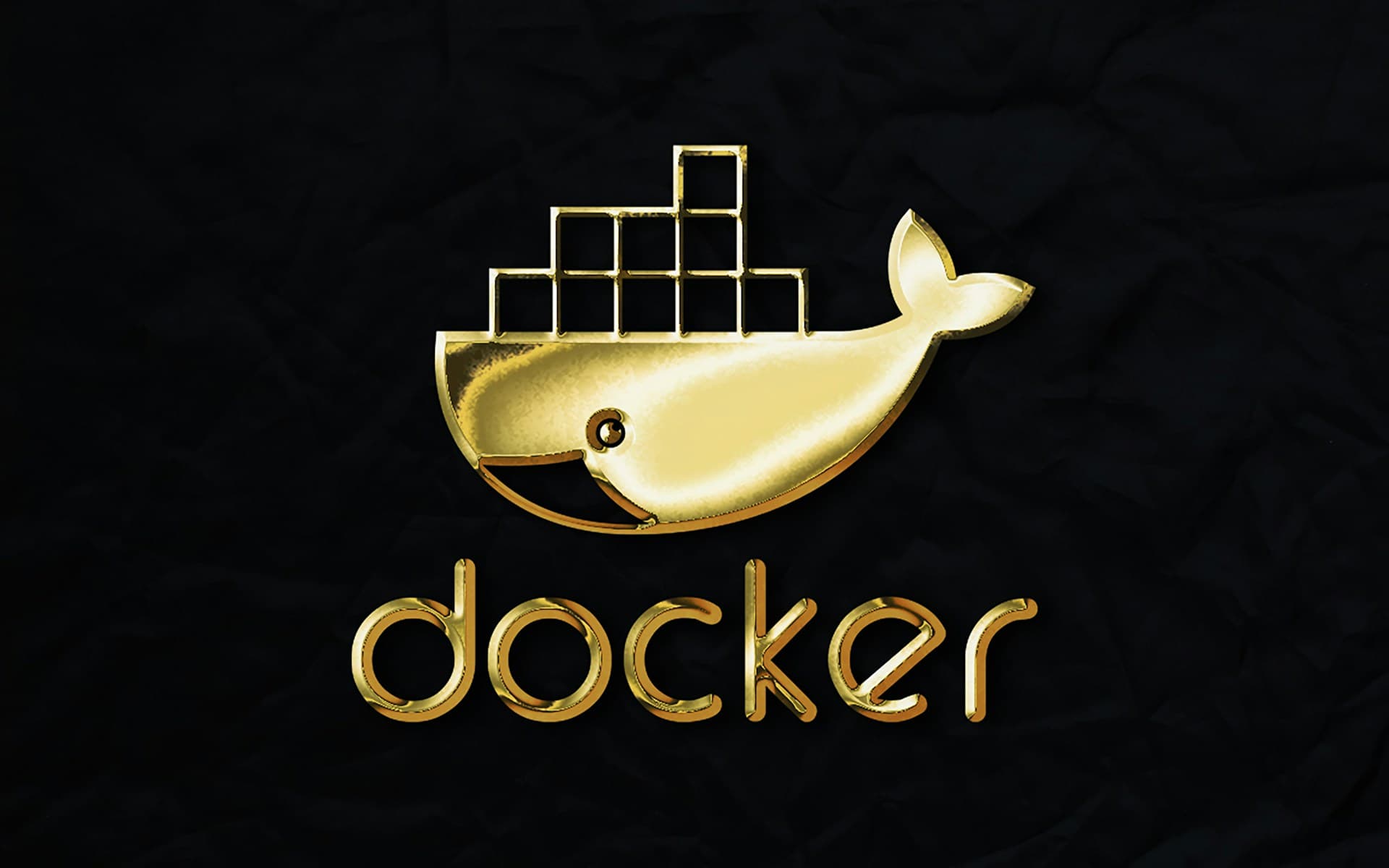Enterprise Observability: Building Production-Grade Monitoring Systems with Prometheus and Grafana
February 15, 2025

Discover how to architect and implement scalable, high-availability observability platforms using Prometheus and Grafana. Learn proven strategies for metric collection, PromQL optimization, alerting hierarchies, and visualization best practices from an experienced SRE perspective.
Throughout my decade of experience building observability platforms for Fortune 500 companies, I've found that Prometheus and Grafana remain the gold standard for open-source monitoring solutions. However, moving from basic deployment to production-grade implementation requires deep understanding of their architecture, performance characteristics, and integration patterns. This guide distills key learnings from dozens of enterprise deployments supporting mission-critical workloads.
Prometheus Architecture: Beyond the Basics
Core Components and Data Flow
Prometheus operates on a pull-based model with a multi-component architecture that offers both flexibility and resilience. Each component has distinct scaling characteristics that impact your overall design:
- Time-series database (TSDB) - A purpose-built storage engine optimized for high-cardinality telemetry data with efficient compression algorithms that typically achieve 1.3-2 bytes per sample.
- Retrieval subsystem - Handles target discovery, metric scraping, and sample ingestion with configurable concurrency controls.
- PromQL engine - The query language that transforms time-series data into actionable insights, with careful optimization requirements for high-cardinality environments.
- Alertmanager - Manages alert deduplication, grouping, silencing, and routing to notification channels with sophisticated inhibition rules.
In large-scale environments, these components must be optimized independently. For example, one enterprise platform I architected processed over 15 million active time series by implementing a sharded Prometheus deployment with federated query endpoints.
Architecting Prometheus for Scale and Reliability
Deployment Topologies
The default single-instance Prometheus deployment is insufficient for production workloads. After benchmarking various architectures across different industries, I recommend these deployment patterns:
- Hierarchical federation - Implement multiple collection layers with global Prometheus instances querying local instances, balancing query efficiency with collection scope.
- Functional sharding - Divide instances by metric type and retention requirements (infrastructure vs. application vs. business metrics).
- High-availability pairs - Deploy identical Prometheus instances with the same configuration and service discovery, but different storage.
- Remote write integration - Stream metrics to long-term storage solutions like Thanos, Cortex, or VictoriaMetrics for extended retention beyond local storage capabilities.
For high-reliability environments, I deploy Prometheus using this Kubernetes manifest structure:
# Prometheus StatefulSet with persistent storage and configurable retention
apiVersion: apps/v1
kind: StatefulSet
metadata:
name: prometheus
namespace: monitoring
spec:
serviceName: "prometheus"
replicas: 2
selector:
matchLabels:
app: prometheus
template:
metadata:
labels:
app: prometheus
spec:
serviceAccountName: prometheus
securityContext:
fsGroup: 2000
runAsNonRoot: true
runAsUser: 1000
containers:
- name: prometheus
image: prom/prometheus:v2.42.0
args:
- "--config.file=/etc/prometheus/prometheus.yml"
- "--storage.tsdb.path=/prometheus"
- "--storage.tsdb.retention.time=15d"
- "--storage.tsdb.no-lockfile"
- "--storage.tsdb.allow-overlapping-blocks"
- "--storage.tsdb.wal-compression"
- "--web.console.libraries=/etc/prometheus/console_libraries"
- "--web.console.templates=/etc/prometheus/consoles"
- "--web.enable-lifecycle"
ports:
- containerPort: 9090
resources:
requests:
cpu: 1
memory: 4Gi
limits:
cpu: 2
memory: 8Gi
volumeMounts:
- name: config-volume
mountPath: /etc/prometheus
- name: prometheus-data
mountPath: /prometheus
readinessProbe:
httpGet:
path: /-/ready
port: 9090
initialDelaySeconds: 30
timeoutSeconds: 30
livenessProbe:
httpGet:
path: /-/healthy
port: 9090
initialDelaySeconds: 30
timeoutSeconds: 30
volumes:
- name: config-volume
configMap:
name: prometheus-config
volumeClaimTemplates:
- metadata:
name: prometheus-data
spec:
accessModes: [ "ReadWriteOnce" ]
resources:
requests:
storage: 100Gi
Advanced Configuration and Service Discovery
Effective service discovery is critical for dynamic cloud environments. A properly configured prometheus.yml should evolve with your infrastructure:
global:
scrape_interval: 15s
evaluation_interval: 15s
scrape_timeout: 10s
external_labels:
environment: production
region: us-east-1
# Remote write configuration for long-term storage
remote_write:
- url: "https://thanos-receive.monitoring.svc:10901/api/v1/receive"
queue_config:
capacity: 10000
max_shards: 200
min_shards: 1
max_samples_per_send: 2000
tls_config:
cert_file: /etc/prometheus/certs/client.crt
key_file: /etc/prometheus/certs/client.key
insecure_skip_verify: false
# Alert manager configuration
alerting:
alertmanagers:
- static_configs:
- targets: ['alertmanager:9093']
scheme: https
tls_config:
cert_file: /etc/prometheus/certs/client.crt
key_file: /etc/prometheus/certs/client.key
insecure_skip_verify: false
# Rule files containing alert definitions and recording rules
rule_files:
- "/etc/prometheus/rules/alert.rules"
- "/etc/prometheus/rules/recording.rules"
scrape_configs:
# Kubernetes API server service discovery
- job_name: 'kubernetes-apiservers'
kubernetes_sd_configs:
- role: endpoints
scheme: https
tls_config:
ca_file: /var/run/secrets/kubernetes.io/serviceaccount/ca.crt
bearer_token_file: /var/run/secrets/kubernetes.io/serviceaccount/token
relabel_configs:
- source_labels: [__meta_kubernetes_namespace, __meta_kubernetes_service_name, __meta_kubernetes_endpoint_port_name]
action: keep
regex: default;kubernetes;https
# Kubernetes node service discovery
- job_name: 'kubernetes-nodes'
kubernetes_sd_configs:
- role: node
scheme: https
tls_config:
ca_file: /var/run/secrets/kubernetes.io/serviceaccount/ca.crt
bearer_token_file: /var/run/secrets/kubernetes.io/serviceaccount/token
relabel_configs:
- action: labelmap
regex: __meta_kubernetes_node_label_(.+)
- target_label: __address__
replacement: kubernetes.default.svc:443
- source_labels: [__meta_kubernetes_node_name]
regex: (.+)
target_label: __metrics_path__
replacement: /api/v1/nodes/1/proxy/metrics
# Pod service discovery with annotation filtering
- job_name: 'kubernetes-pods'
kubernetes_sd_configs:
- role: pod
relabel_configs:
- source_labels: [__meta_kubernetes_pod_annotation_prometheus_io_scrape]
action: keep
regex: true
- source_labels: [__meta_kubernetes_pod_annotation_prometheus_io_path]
action: replace
target_label: __metrics_path__
regex: (.+)
- source_labels: [__address__, __meta_kubernetes_pod_annotation_prometheus_io_port]
action: replace
regex: ([^:]+)(?::d+)?;(d+)
replacement: $1:$2
target_label: __address__
- action: labelmap
regex: __meta_kubernetes_pod_label_(.+)
- source_labels: [__meta_kubernetes_namespace]
action: replace
target_label: kubernetes_namespace
- source_labels: [__meta_kubernetes_pod_name]
action: replace
target_label: kubernetes_pod_name
Implementing Advanced PromQL for Operational Insights
Performance-Optimized Queries
PromQL's power comes with responsibility—inefficient queries can significantly degrade Prometheus performance. After tuning hundreds of dashboards, I've developed these query optimization principles:
- Cardinality management - Avoid operations that explode cardinality, such as
group_leftjoins on high-cardinality dimensions. - Subquery optimization - Replace nested subqueries with recording rules when possible to pre-compute expensive operations.
- Range vector efficiency - Minimize the time range in functions like
rate()andincrease()while maintaining statistical significance. - Label filtering - Apply label filters as early as possible in query chains to reduce the working dataset.
Examples of production-grade PromQL queries that drive critical dashboards:
# Latency SLI calculation with quantile estimation
histogram_quantile(0.95,
sum by(le, service, route) (
rate(http_request_duration_seconds_bucket{env="production"}[5m])
)
)
# Error budget consumption rate (assumes SLO of 99.9% availability)
100 * (
1 - (
sum(rate(http_requests_total{status=~"2.."}[1h])) /
sum(rate(http_requests_total[1h]))
)
) / 0.1
# Node saturation analysis with predictive trending
100 * (
node_memory_MemTotal_bytes - (
node_memory_MemFree_bytes +
node_memory_Cached_bytes +
node_memory_Buffers_bytes
)
) / node_memory_MemTotal_bytes
# Multi-window alert condition to reduce alert noise
sum(rate(http_requests_total{status=~"5.."}[5m])) /
sum(rate(http_requests_total[5m])) > 0.05
and
sum(rate(http_requests_total{status=~"5.."}[1h])) /
sum(rate(http_requests_total[1h])) > 0.02
Recording Rules and Alert Engineering
Well-designed recording rules and alerts balance actionability with noise reduction. Based on my experience managing production alert systems, I've developed this alerting hierarchy:
groups:
- name: availability.rules
rules:
# Aggregate service-level metrics for faster querying
- record: job:http_requests_total:rate5m
expr: sum by(job) (rate(http_requests_total[5m]))
- record: job:http_requests_failed:rate5m
expr: sum by(job) (rate(http_requests_total{status=~"5.."}[5m]))
# SLI calculation pre-computed for dashboards
- record: job:sli:availability:ratio5m
expr: job:http_requests_failed:rate5m / job:http_requests_total:rate5m
# Multi-window, multi-threshold alert definition
- alert: HighErrorRate
expr: job:sli:availability:ratio5m{job="api-gateway"} > 0.05
for: 5m
labels:
severity: warning
category: availability
team: platform
annotations:
summary: "High error rate detected on {{ $labels.job }}"
description: "Error rate of {{ $value | humanizePercentage }} exceeds 5% threshold for over 5 minutes."
dashboard: "https://grafana.example.com/d/abc123/service-overview?var-job={{ $labels.job }}"
runbook: "https://wiki.example.com/runbooks/high-error-rate"
- alert: SLOBudgetBurning
expr: sum(job:sli:availability:ratio5m{job="api-gateway"}) > 0.02
for: 15m
labels:
severity: critical
category: slo
team: platform
annotations:
summary: "SLO error budget burning too fast on {{ $labels.job }}"
description: "Error rate of {{ $value | humanizePercentage }} exceeds 2% threshold for over 15 minutes, consuming error budget too rapidly."
dashboard: "https://grafana.example.com/d/abc123/service-overview?var-job={{ $labels.job }}"
runbook: "https://wiki.example.com/runbooks/slo-budget-consumption"
Grafana: From Visualization to Operational Platform
Dashboard Design Principles for Operational Excellence
After designing hundreds of production dashboards, I've developed these principles for effective visualizations:
- Hierarchical organization - Build dashboards in layers from executive overview to detailed troubleshooting views with consistent drill-down paths.
- Visual consistency - Standardize colors (red for errors, yellow for warnings), units, thresholds, and time ranges across related dashboards.
- Context preservation - Include environment variables, version information, and deployment markers to correlate metrics with system changes.
- Cognitive load reduction - Limit each dashboard to 9-12 panels focused on a single service or subsystem to avoid information overload.
An effective dashboard organization I've implemented follows this structure:
| Dashboard Level | Primary Audience | Key Metrics Focus |
|---|---|---|
| L1: Executive Overview | Leadership, Business Stakeholders | SLAs, Error Budget, Service Health Summary |
| L2: Service Overview | Service Owners, On-call Engineers | RED Metrics (Rate, Error, Duration), Saturation |
| L3: Component Deep Dive | Service Engineers, SREs | Detailed Component Metrics, Resource Utilization |
| L4: Debugging | SREs, Developers | Raw Metrics, Logs Integration, Trace Correlation |
Building a Comprehensive Observability Strategy
Beyond Metrics: Logs and Traces Integration
A mature observability platform integrates metrics, logs, and traces to provide complete system visibility. In my experience implementing the "three pillars of observability," these integration patterns are most effective:
- Exemplar support - Enhance Prometheus metrics with trace ID exemplars to enable direct navigation from metrics spikes to underlying traces.
- Correlation through metadata - Ensure consistent labeling across metrics, logs, and traces using service name, instance ID, and deployment version.
- Contextual linking - Configure Grafana dashboard links to corresponding log queries and trace views with preserved time range and filters.
- Unified query experience - Implement Grafana Loki for log storage and Tempo for trace storage to enable LogQL and native dashboard integration.
SLO Implementation and Error Budgeting
Based on my experience implementing SLO frameworks for enterprise platforms, these are the key components of an effective reliability measurement system:
- Multi-window SLI measurements - Track SLIs across multiple time windows (5m, 1h, 6h, 30d) to balance responsiveness with stability.
- Error budget policies - Define explicit actions when error budgets are at risk, such as deployment freezes or incident escalation.
- Business-aligned SLOs - Derive reliability targets from business impact rather than technical capabilities, focusing on user-perceived availability.
- Burn rate alerting - Implement tiered alerts based on how quickly error budgets are being consumed rather than simple threshold violations.
By implementing these patterns and best practices, your observability platform will evolve from simple monitoring to a strategic asset that drives reliability, performance, and business success. Remember that effective observability is a journey—start with the fundamentals outlined here, then iteratively enhance your implementation as your organization matures.
Related Articles

Service Mesh Architecture: The Critical Infrastructure Layer for Modern Microservices
Service mesh provides a dedicated infrastructure layer for managing service-to-service communication within microservices architectures. Learn how it enhances observability, security, and reliability in complex distributed systems.

Enterprise-Grade Docker: Production Hardening and Optimization Techniques
Master production-ready containerization with battle-tested Docker best practices. Learn advanced security hardening, performance optimization, resource governance, and orchestration strategies derived from real-world enterprise deployments.

Kubernetes vs Docker Swarm: Which Container Orchestration Tool is Right for You?
Explore the key differences between Kubernetes and Docker Swarm to make an informed decision for your container orchestration needs. This comprehensive guide covers architecture, features, scalability, and use cases to help you choose the right tool for your organization.